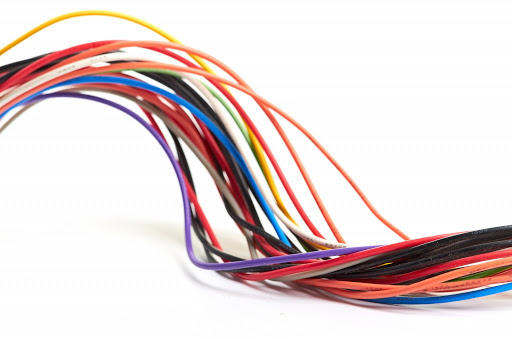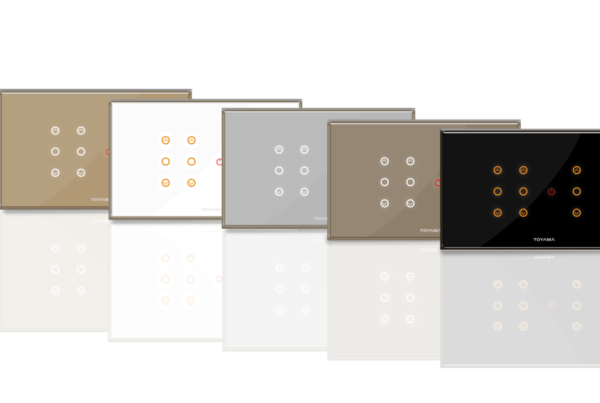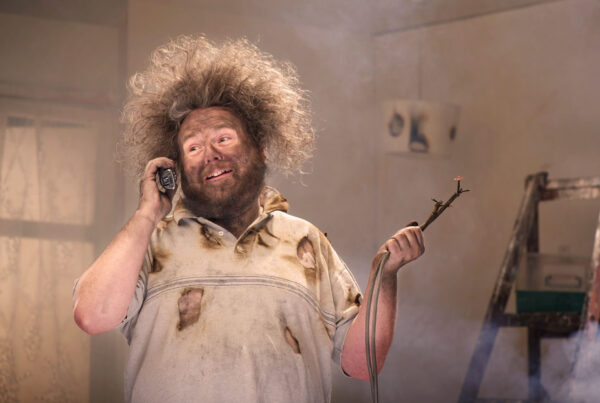Introduction:
 In the initial period of home automation, there was only an option of wired home automation available. But now with the increase in demand and technology, there are basically 2 categories available for home automation enthusiasts. Those are wired automation and retrofit automation.
In the initial period of home automation, there was only an option of wired home automation available. But now with the increase in demand and technology, there are basically 2 categories available for home automation enthusiasts. Those are wired automation and retrofit automation.
Whether you’re planning for wired automation or retrofit automation for your new home, proper wiring is an essential first phase to installing a home automation system and configuring the devices so they can all communicate with each other seamlessly. If done correctly, proper wiring can save you money, time and frustration. And hence in this blog, we try to answer the most common questions regarding the difference between wired and retrofit home automation.
1. Wired Home Automation:
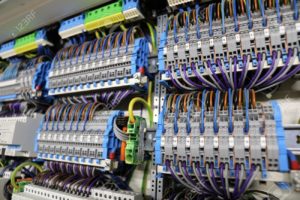 Pros:
Pros:
- Very little security risk. The network becomes secure as a large part of communication is done through hard wires. Thus less prone to hacking.
- Speed is an important factor. The whole home automation experience is very much dependent on how quickly your system responds after being given a command. And wired automation certainly helps in this area.
- Retrofitting is easy. As there is no need to pair each and every device hence retrofitting becomes easy.
- Cost: 40,000 INR to 3,00,000 INR per room. (The costs can be lowered for the complete room automation by selective automation and hybrid connections)
Cons:
- A wired system is quite expensive.
- Technical expertise is required.
- Full Planning has to be done in advance (when construction is completed).
- Major changes related to wiring not possible.
- Considerably High Wiring Cost is added to Total Automation Cost.
Wiring Requirements:
Mostly in this type of system, all the devices that are to be included in the automation system are connected to a central hub via wired connections. Hence for full house automation in this type of system, the amount of wiring required is almost double the wiring required for a regular electric system of the house.
There are many types of cables required:
- Regular AC (Alternating Current) wire or cable: The devices that are running on AC power and are to be included in the home automation system are to be connected to a central hub by regular AC wires.(0.75 mm, 1 mm etc)
- CAT-6 wire: This wire is used for transmitting signal and data. This wire is used when we need to connect any device to a local network (i.e. to a router or network switch). It will also be used to control all the devices that work via remote control like AC, TV, STB, DVD, Curtain Motor, etc. In that case, you will need a cable from the device’s signal receiver to the hub.
- Proprietary Protocol Cable: Some Automation companies use their own Proprietary Protocol for communication. Like KNX, Control4, Lutron, C-Bus of Schneider Electric, etc. has their own Proprietary Protocols. So for that, they require a special type of cable. And that must be bought from that specific company only.
2. Retrofit Home Automation:
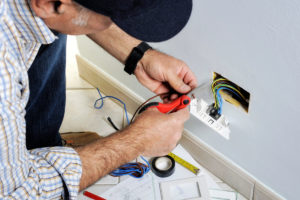 Pros:
Pros:
- No need for full planning in advance. You can make some decisions even at the time of installation.
- Less wiring is required as compared to wired automation.
- Ease of installation.
- You can easily reuse all the devices if you decide to relocate and use the same automation at the new place.
- You don’t need to make the crawlspace to run cables from room to room or poke holes in drywall to run the Ethernet cables.
- Cost: Wireless retrofit systems start with 20000 INR to 100000 INR per room (The costs are given for complete room automation and can be lowered by selective automation and hybrid connections).
Cons:
- Cyber insecurity: As most of the devices are connected to your local network wirelessly, this system proves to be less secure than a wired system.
- No retrofit system is completely retrofit. Hence you will need to make some last moment changes in wiring or furniture.
- Without adding proper wirings, even retrofit system compromises with its performance. Hence prior wiring is highly recommended.
- As everything is wireless here, the range of the system becomes an important factor. The installer needs to be very accurate about it. Otherwise, you might feel delay while using it.
Wiring Requirements:
Mostly in this type of system, there is a central hub that communicates with all other devices wirelessly. So no major wiring is required. But to get a smooth and seamless experience you’ll need some minimum amount of wiring. Hence the wiring cost for automation sums up to about 10% or less of the regular electric wiring cost.
Here also there are mainly 3 types of cables required:
- Regular AC (Alternating Current) wire: It is considered to be a good practice to keep regular AC wires (0.75 mm, 1 mm, etc) from one switchboard to another in the same area. (Number or wire recommendations might be different for different companies.)
- CAT-6 cable: This wire is used for transmitting signals and data. It is used to connect devices that work via remote control like AC, TV, STB, DVD, Curtain Motor, etc to the multimedia hub placed in the same area.
- 4-Wire Cable: If data requirements are very limited, 4-wire Cable may be used. But it is recommended to use CAT-6 or equivalent for adding redundancy for future use.
Conclusion:
Observing all the factors of wired as well as retrofit systems it is best to use a balanced system i.e. a mixture of both the systems or you can also call it a semi wireless system. In which there is no need for major wiring but will also eliminate the range issues as observed in complete retrofit/wireless systems thus making it reliable and stable.
To know more about any of the above systems you may Contact Us.



